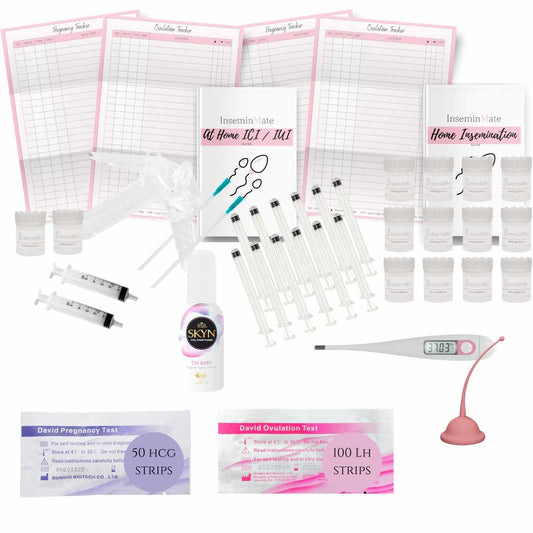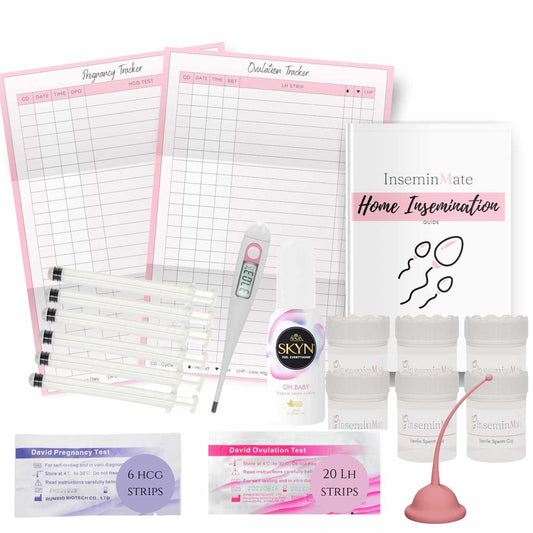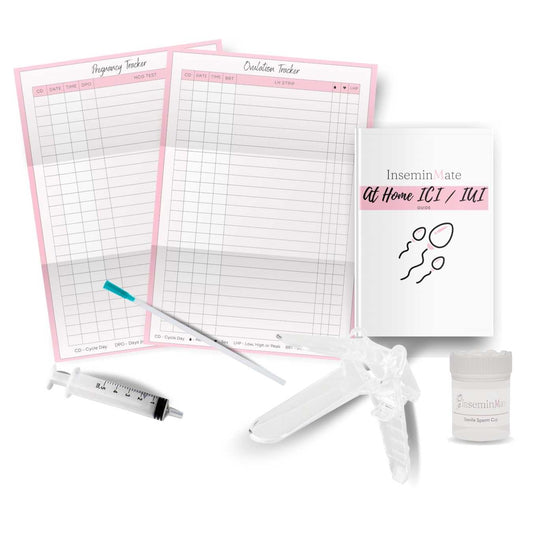The journey towards conception involves various stages and factors that contribute to the successful fertilization of an egg. One crucial milestone is 1 DPO (Day Past Ovulation), which marks the beginning of the luteal phase. In this blog post, we will delve into what is considered 1 DPO and explore the concept of a cervix sperm cup, which can potentially enhance your chances of conception.
Understanding 1 DPO:
1 DPO refers to the first day after ovulation, when the mature egg is released from the ovary and begins its journey through the fallopian tube towards the uterus. Ovulation generally occurs in the middle of a woman's menstrual cycle, but the exact timing can vary. It is important to note that 1 DPO is a significant day in the menstrual cycle, but it does not imply that conception has occurred yet.
Changes in the Cervix:
The cervix, the lower part of the uterus that connects to the vagina, undergoes certain changes during the menstrual cycle that can affect fertility. Observing changes in the cervix can provide valuable insights into the fertile window and aid in timing intercourse for conception.
-
Cervical Mucus: Throughout the menstrual cycle, cervical mucus changes in consistency and appearance. During the fertile period leading up to and including ovulation, the cervical mucus becomes thin, clear, and stretchy, resembling the texture of raw egg whites. This fertile mucus facilitates sperm movement and survival in the reproductive tract.
-
Cervical Position: The cervix also changes in position and texture during the menstrual cycle. During ovulation, the cervix becomes softer, higher, and more open to allow easier passage for sperm. Tracking these changes can help identify the fertile period.
The Role of Cervix Sperm Cup:
A cervix sperm cup, also known as a conception cup, is a device designed to enhance the chances of conception by collecting and delivering sperm closer to the cervix. It is inserted into the vagina, covering the cervix, immediately after intercourse. This cup allows the sperm to bypass the vaginal environment and provides a conducive environment for the sperm to swim towards the cervix.
The concept behind using a cervix sperm cup is to optimize the delivery of sperm to the cervix, ensuring that a higher concentration of healthy sperm reaches the fallopian tubes to increase the chances of fertilizing the egg. However, it is important to note that the effectiveness of cervix sperm cups in improving conception rates may vary among individuals, and further research is needed to establish their efficacy.
Maximizing Conception Chances:
While a cervix sperm cup may be an option worth considering, it is important to remember that it should be used in conjunction with other fertility awareness methods and under the guidance of healthcare professionals. Here are some additional tips to maximize your chances of conception:
-
Track Ovulation: Utilize methods such as tracking basal body temperature, monitoring cervical mucus, or using ovulation predictor kits to identify your fertile window and time intercourse accordingly.
-
Healthy Lifestyle: Maintain a healthy lifestyle by eating a balanced diet, exercising regularly, managing stress, and avoiding smoking or excessive alcohol consumption.
-
Seek Professional Advice: If you have been trying to conceive without success, consult a healthcare professional specializing in reproductive health. They can provide personalized guidance and address any underlying fertility concerns.
Conclusion:
Understanding 1 DPO and the changes that occur in the cervix during the menstrual cycle can be beneficial when trying to conceive. While a cervix sperm cup may offer a potential method to optimize sperm delivery, it is important to remember that conception is a complex




